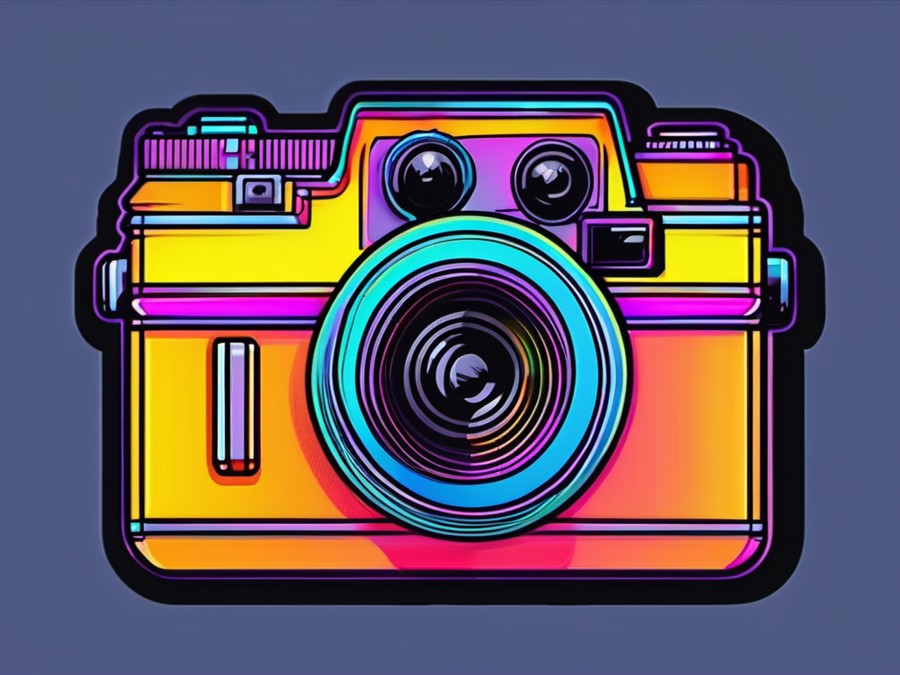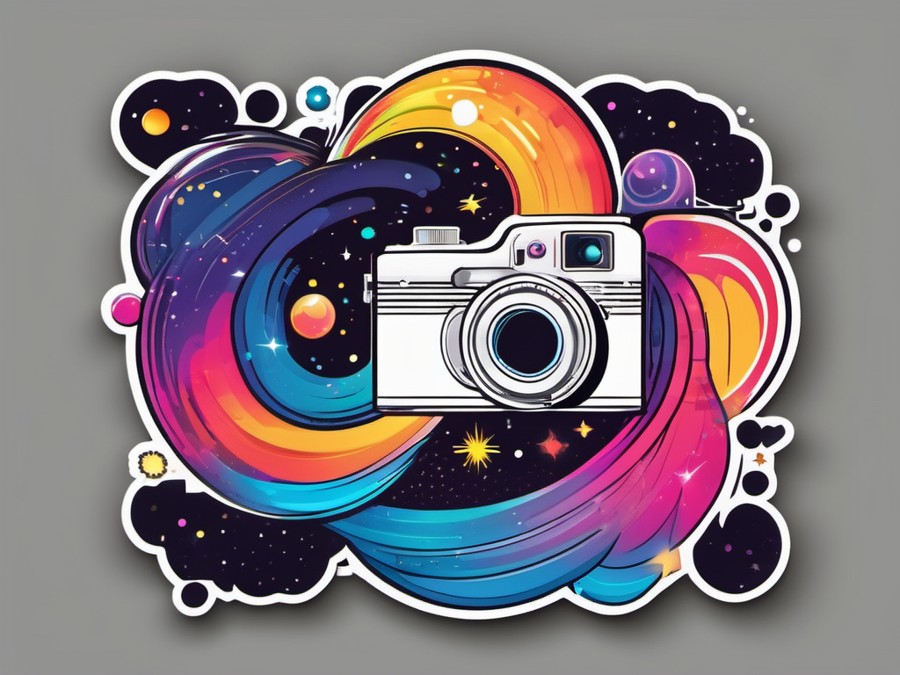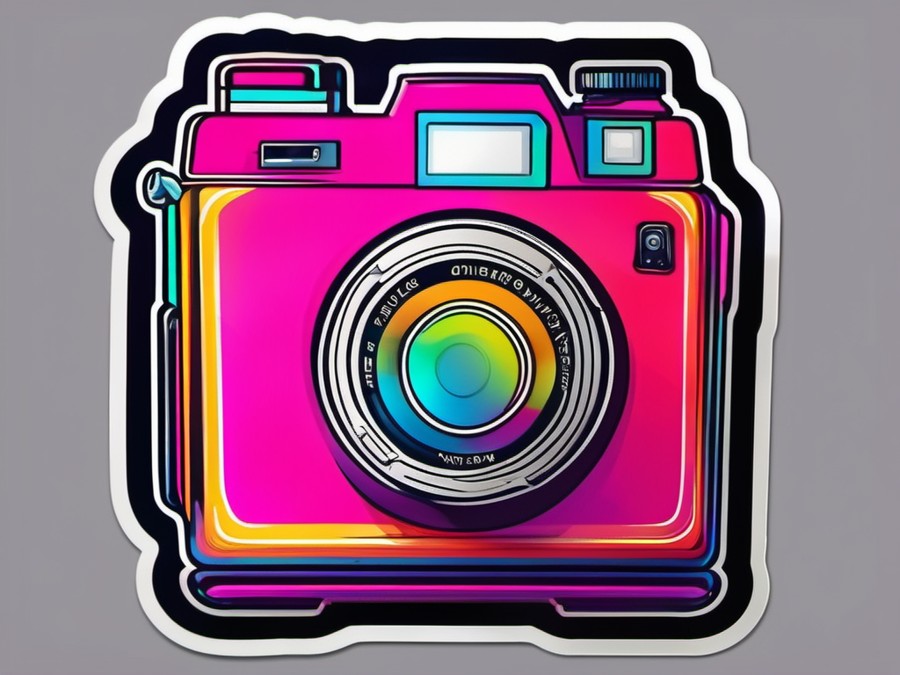· Charlotte Will · Film Cameras · 7 min read
What is the Best Film Camera for Landscape Photography?
Discover the best film cameras for landscape photography, including top picks like Hasselblad 500CM and Pentax K1000. Learn essential tips for capturing stunning landscapes on film, from mastering manual exposure to choosing the right film stock. Improve your landscape photography with our comprehensive guide.

Landscape photography with film cameras has a unique charm. The texture, grain, and dynamic range that analog film offers can’t be matched by digital sensors. But with so many options available, choosing the best film camera for landscape photography can be a daunting task. In this article, we’ll guide you through the factors to consider before buying and highlight some of the top picks for capturing stunning landscapes on film.
Understanding Your Needs: Factors to Consider Before Buying
1. Budget and Experience Level
Before diving into the world of film cameras, it’s crucial to set a budget and consider your experience level. Are you new to film photography or looking to upgrade? Knowing where you stand will help you make a more informed decision.
2. Lens Options: Wide, Normal, or Telephoto?
Landscape photography often requires wide-angle lenses to capture expansive scenes. However, having a range of focal lengths can be beneficial for different compositions and perspectives. Think about the types of landscapes you enjoy shooting most and choose a camera that supports your preferred lens options.
3. Film Format Choices
35mm vs Medium Format
35mm cameras are smaller, lighter, and usually more affordable. They offer excellent portability for hiking and traveling. However, medium format cameras provide larger negatives, resulting in higher resolution and more detail. If you plan to make large prints or need the extra detail, medium format might be worth considering.
Large Format: A Brief Look
For the ultimate in detail and control, some photographers opt for large format cameras. These are much larger and more cumbersome but offer unparalleled image quality. While not typical for landscape photography, they can be a niche choice for certain projects.
4. Manual Focus vs Autofocus
For landscape photography, manual focus is often preferred due to its precision and control. However, if you’re new to photography or prefer the convenience of autofocus, some film cameras offer this feature.
5. Viewfinder Types: Through-the-Lens (TTL) vs Rangefinders
SLRs (Single-Lens Reflex) use a TTL viewfinder, which allows you to see exactly what the lens sees. This is great for composing landscapes accurately. Rangefinders, on the other hand, use a separate window for viewing and can offer a unique perspective but may require more practice to achieve perfect focus.
6. Build Quality and Ergonomics
Spend some time thinking about how the camera feels in your hands. Landscape photography often involves long days of shooting, so comfort is key. Additionally, consider the camera’s durability. A rugged build can withstand the elements and last for years to come.
Top Picks: Best Film Cameras for Landscape Photography
7. The Classic Choice: Hasselblad 500CM
The Hasselblad 500CM is a legendary medium format camera renowned for its image quality. It offers interchangeable lenses, making it versatile for various landscape compositions. The square format is also unique and can add a special touch to your images. Check out this article for more insights into choosing the right camera for specific photography genres.
Lens Choices for Landscape Photography
- Hasselblad 80mm f/2.8: A versatile standard lens.
- Hasselblad 50mm f/4: Wide-angle option for expansive landscapes.
8. The Affordable Medium Format Option: Pentax 67
If you’re looking for an affordable entry into medium format, the Pentax 67 is a solid choice. It’s known for its durability and excellent optics. Its larger size can be a drawback, but the image quality is hard to beat.
Lens Choices for Landscape Photography
- Pentax 105mm f/2.4: A versatile standard lens.
- Pentax 55mm f/4: Wide-angle option for expansive landscapes.
9. The Best 35mm Film Camera for Landscapes: Nikon F100
The Nikon F100 is a high-performing 35mm camera that offers advanced features like autofocus and matrix metering. Its ergonomics are also top-notch, making it a comfortable choice for long shoots.
Lens Choices for Landscape Photography
- Nikon 24mm f/2.8: Versatile wide-angle lens.
- Nikon 50mm f/1.8: Standard lens for general use.
- Nikon 80-200mm f/4.5-5.6: Telephoto option for compressing backgrounds.
10. A Budget-Friendly Alternative: Canon EOS 3
The Canon EOS 3 is an affordable and reliable 35mm camera with a solid build quality. It offers manual focus, making it great for landscape photography. Its autofocus capabilities can also be useful in certain situations.
Lens Choices for Landscape Photography
- Canon 24mm f/2.8: Wide-angle lens for expansive landscapes.
- Canon 50mm f/1.8: Standard lens for general use.
- Canon 70-210mm f/4: Telephoto option for compressing backgrounds.
11. The All-Rounder: Pentax K1000
The Pentax K1000 is a manual-focus 35mm camera known for its simplicity and durability. It’s an excellent choice for beginners and experienced photographers alike, offering great value for money.
Lens Choices for Landscape Photography
- Pentax 28mm f/2.8: Wide-angle lens for expansive landscapes.
- Pentax 50mm f/1.7: Standard lens for general use.
- Pentax 80-200mm f/4.5: Telephoto option for compressing backgrounds.
Additional Tips: Making the Most of Your Film Camera
12. Mastering Manual Exposure for Landscapes
Understanding manual exposure is crucial for landscape photography. The Sunny 16 Rule is a simple way to start: on a sunny day, set your aperture to f/16 and your shutter speed to the reciprocal of your film’s ISO (e.g., 1/100 for ISO 100). Adjust from there based on your meter readings.
13. Choosing the Right Film Stock for Landscapes
The right film stock can make a significant difference in your landscape photos. Color vs Black and White: Which is Best? Depends on the mood you want to create. For vibrant colors, consider Kodak Ektar or Fuji Pro 400H. For dramatic black and white landscapes, Ilford HP5 or Kodak Tri-X are popular choices.
14. Essential Accessories for Landscape Photography with Film
Tripods and Cable Releases
A sturdy tripod is essential for keeping your camera steady, especially in low light conditions. A cable release allows you to take long exposures without shaking the camera.
Filters: Neutral Density, Polarizing, and Graduated
- Neutral Density (ND) Filters: Reduce the amount of light entering the lens, allowing for longer exposures.
- Polarizing Filters: Reduce reflections and enhance colors, especially useful for landscapes with water or foliage.
- Graduated Filters: Darken part of the frame, useful for balancing exposure in scenes with bright skies and darker foregrounds.
15. Developing and Scanning: Bringing Your Landscapes to Life
The Joy of Darkroom Processing
Developing your film in a darkroom can be a rewarding experience. It gives you complete control over the final result and allows for creative experimentation.
Scanning Tips for Optimal Image Quality
To get the most out of your scans, use a high-quality scanner and adjust settings like resolution, bit depth, and color balance. Software like SilverFast or VueScan can help improve the final output.
Conclusion
Choosing the best film camera for landscape photography depends on your personal preferences, budget, and specific needs. Whether you opt for a classic Hasselblad or a more affordable Pentax, each camera has its unique strengths.
Remember to master manual exposure, choose the right film stock, and invest in essential accessories. With these tips, you’ll be well on your way to capturing breathtaking landscape photographs on film.
FAQs
What is the best film camera for landscape photography on a budget? The Canon EOS 3 offers great value for money and is an excellent choice for beginners.
Should I choose a 35mm or medium format film camera for landscapes? Medium format cameras provide larger negatives and more detail, but 35mm cameras are smaller, lighter, and more affordable. Consider your specific needs and preferences.
Which lens is best suited for landscape photography with a film camera? Wide-angle lenses are generally best for landscapes. Look for focal lengths between 24mm and 50mm, depending on your camera.
Can I use my digital lenses on a film camera for landscapes? Yes, with the right adapter, you can use digital lenses on a film camera. However, be aware that some lenses may not perform as well as native film lenses.
What film stock should I use for capturing vibrant landscapes? For vibrant colors, consider Kodak Ektar or Fuji Pro 400H. For dramatic black and white landscapes, Ilford HP5 or Kodak Tri-X are popular choices.




